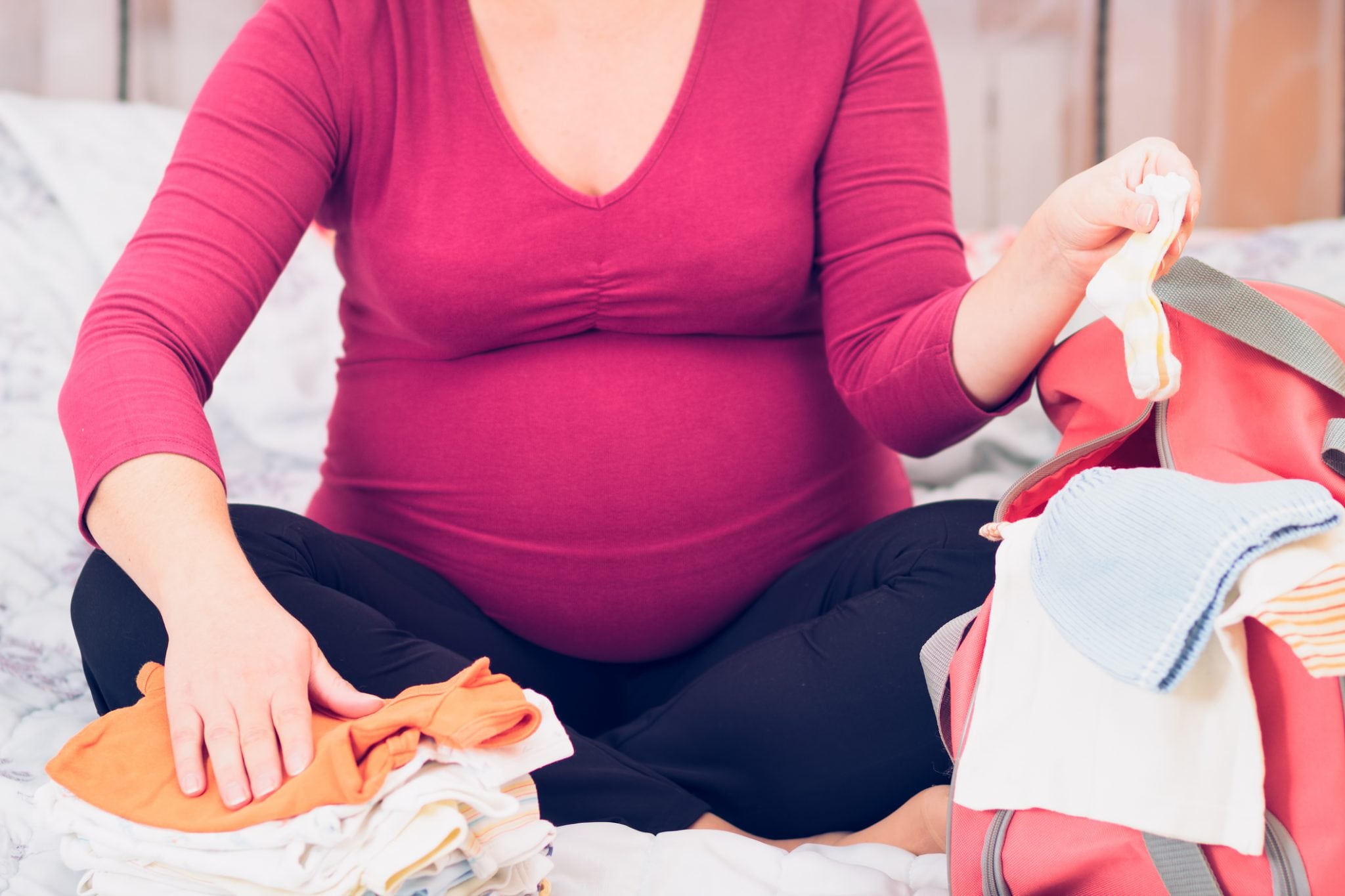
Safety First: Essential Swimming Pool Guidelines for Families
February 22, 2024The shimmering blues of a pool under the warm sun can be incredibly alluring – especially to children. For families lucky enough to have a pool, it is a source of joy and a place for cherished memories to be made. But amidst the fun and splashing, it’s imperative to remember that pools can pose significant risks to the safety of children and adults alike. With the summer season approaching, safety must be at the forefront of the poolside experience for any family.
In this comprehensive guide, we’ll cover the most crucial swimming pool safety guidelines that families should follow to ensure a safe and enjoyable experience. Whether you’re a seasoned pool owner or are about to embark on diving into the world of private pools, these safety measures will protect your loved ones and your peace of mind.
Table of Contents
Introduction to Pool Safety
More than just a recreational accessory, a pool is a site that demands attention to safety. According to the World Health Organization, drowning is the third leading cause of unintentional injury death worldwide, with the highest rates among children. Recognising the potential dangers of any pool – no matter the size or setting – is the first step to preventing such tragedies.
Statistics are sobering reminders, but a comprehensive approach to pool safety can significantly reduce the risks. Here, we focus on practical measures that every family can employ – from supervision protocols to emergency preparedness.
Design and Construction: Building a Safe Sanctuary
The physical structure of the pool itself and its immediate environment play a critical role in safety. Families should consider several design and construction elements to create a safe swimming environment.
Fencing and Barriers
A pool should be surrounded by a fence or barrier that is at least four feet high, with no footholds or handholds that could assist climbing – the thought being “if you can’t climb it, you can’t jump it.” Gates should be self-closing and self-latching, and the latch should be out of reach of young children.
Alarms and Safety Covers
Install pool alarms that will alert you if a child or pet falls into the water. Safety covers provide a physical barrier over the pool, preventing access. It’s crucial to ensure any alarms or covers are functioning properly and are in good condition.
Slip-Resistant Surfaces
Most pool decks are smooth concrete, a surface that becomes slippery when wet. Incorporating slip-resistant materials or coatings can dramatically reduce the risk of falls and injuries, making rescue attempts less likely in the first place.
Supervision and Adult Responsibilities: The Eagle-Eye Watch
Just as important as the pool itself is the approach to supervising those who use it.
Never Leave Children Unattended
This rule is non-negotiable. Even a momentary lapse in attention can lead to tragic consequences. Avoid distractions like mobile phones or books when your children are in or near the pool.
Adult CPR and First Aid Training
Every adult responsible for pool supervising should be proficient in CPR and first aid. These skills can be life-saving in an emergency and should be current and regularly refreshed.
Designated Adult Supervisor
When children are swimming, there should always be a designated supervisor. This person’s sole responsibility is watching the children – no other tasks should be competing for their attention.
Water Safety Rules: Setting the Scene for Safe Swimming
Teaching children and enforcing water safety rules is critical to preventing accidents. Children should understand and follow these rules whenever around the pool.
Teach Children to Swim
Formal swimming lessons can significantly reduce the risk of drowning in young children. It’s advised to start lessons as early as possible.
No Running or Diving
The pool deck can be like an ice rink when wet, and the shallow end of a pool can be deceptively dangerous if children are running or diving. Enforce a no-running policy and set clear markers for diving areas.
No Glass Near the Pool
Broken glass in or around the pool poses both a direct threat of injury and the risk of contaminating the water, which can lead to illnesses for swimmers.

Pool Maintenance and Inspections: Keeping Up with the Clean
A clean pool reflects the care given to it, and regular maintenance doesn’t just preserve the pool but also provides a safer environment for those enjoying it.
Regular Cleaning and Chemical Balance
Maintain a cleaning schedule for the pool and keep up with chemical balancing. An improperly maintained or chemically imbalanced pool can harbour bacteria and other pathogens, leading to infections or worse.
Check Equipment and Pool Drains
Faulty or damaged pool equipment can be hazardous. Regular inspections of the pump, filter, and drains are essential to spot potential issues before they become dangerous.
Teach Children About Pool Dangers
Even at a young age, children can understand the basics of why they need to be cautious around the pool. Educating them on the potential hazards will help them grow into swimmers who respect the water.
Emergency Preparedness: Acting Swiftly and Safely
Being prepared for emergencies is as vital as preventing them. Families with inground pools sydney should have an emergency plan in place.
Keep Rescue Equipment Nearby
Life buoys, reaching poles, and floatation devices should be easily accessible from the pool area. In a rescue situation, every second counts.
Learn CPR and Water Rescue Techniques
Take a comprehensive CPR and water rescue course. It’s not just about the knowledge but about the muscle memory that can kick in during a stressful situation.
Post Emergency Numbers
Have a list of emergency numbers posted near the pool, including those for local emergency services and poison control. Time spent searching for the right number can mean time lost in a crisis.
Conclusion: Safety Always
The allure of a backyard pool is undeniable, but the risks it poses are equally real. By following the safety guidelines outlined in this post, families can transform their pools from potential hazards into safe havens where memories are made without fear. Regular review and practice of these guidelines are just as crucial as initially setting them in place.
Make pool safety a part of your family’s swimming tradition. It’s an investment in the health and well-being of your loved ones that will pay dividends in years of carefree, safe summer fun. Remember, when it comes to pools, safety always comes first.













